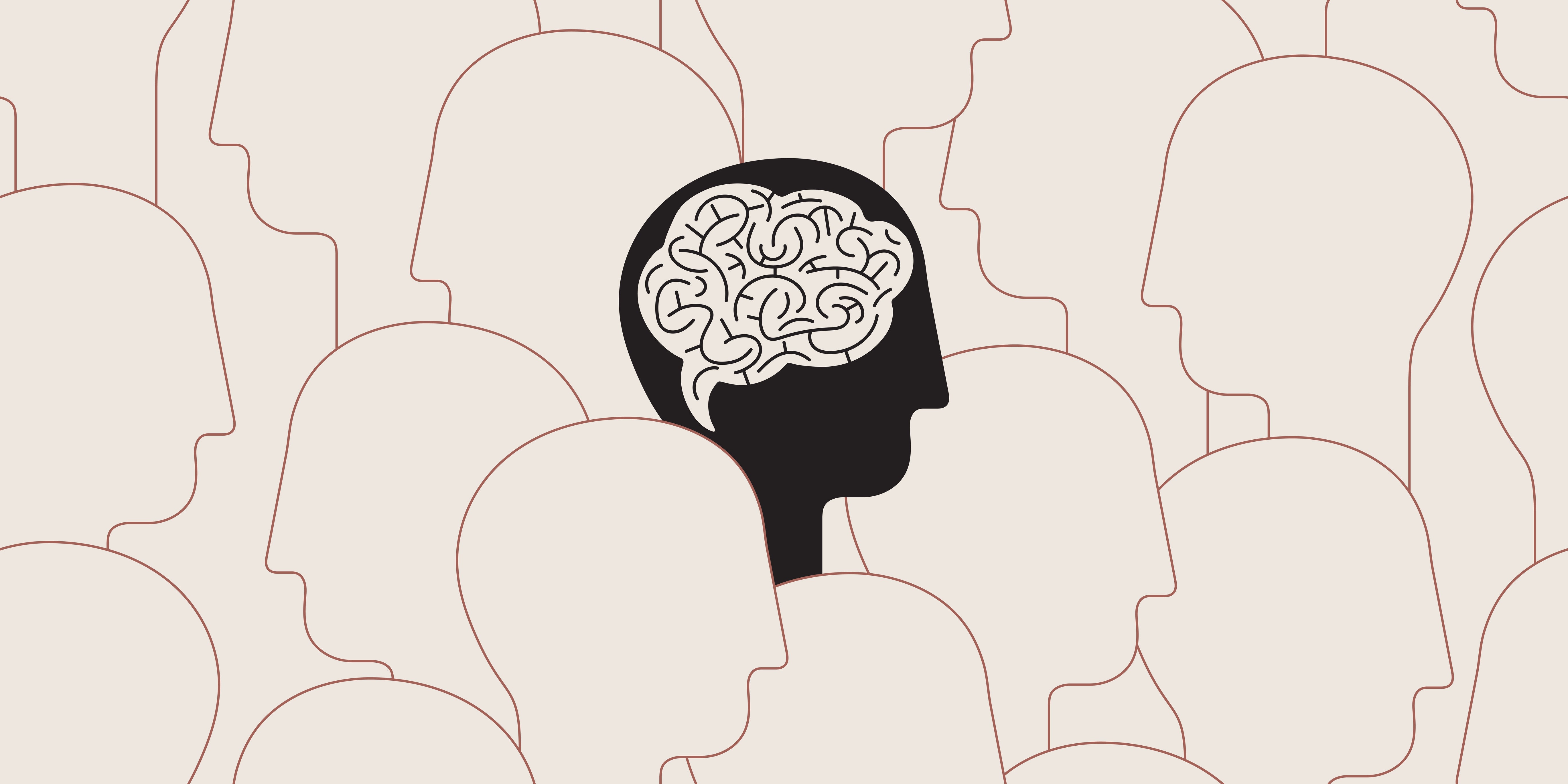High Point programming has always covered a wide range of topics, but neuroscience isn’t usually one of them. That will change next month when the Design, Art & Science Symposium comes to Market.
The inaugural event, hosted by an organization called Science in Design, will focus on concepts like “neuroaesthetics” (the relatively new study of the neural consequences of contemplating a creative work), “cognitive architecture” (a theory about the way thoughts are formed), biophilia and more. While Science in Design co-founders Mike Peterson and Linda Kafka have brought more pared-down versions of their talks to market days in Los Angeles, San Francisco and Toronto, High Point will mark their most ambitious offering yet.
The event will feature three days of talks from a mix of designers and architects as well as physicians and neuroscience experts, with a keynote address from architect and artist Suchi Reddy on the ways in which designers can implement neuro-inclusivity into their projects. Reddy made a splash at Salone del Mobile in 2019 with her exhibition, “A Space for Being,” which she created in partnership with Google and the Johns Hopkins Medicine Brain Science Institute. As guests entered the exhibit, they were given a wristband that measured physical and physiological responses to different rooms. Kafka, who was previously the managing director of the Toronto International Design Centre, says the experience changed her life, opening her eyes to the measurable scientific response that humans have to their environment.
It was a meeting with Denver-based architect Don Ruggles in 2015 that first inspired Peterson, who spent much of his career as a publisher at shelter magazines like Luxe Interiors + Design and House Beautiful, to learn more about the role that design plays on human health. Ruggles, who will be speaking at the symposium, has been giving lectures on the topic of neuroscience and architecture for over 15 years and is the author of Beauty, Neuroscience & Architecture: Timeless Patterns and Their Impact on Our Well-Being. Peterson and Kafka met by chance at High Point Market in 2019, and their shared passion for neuroaesthetics led them to found Science in Design shortly after.
For their inaugural symposium, Peterson and Kafka have partnered with Hooker Furnishings and Denver-based firm Trio Design on an experiential event, called “iMotions,” that uses biosensors to analyze emotional reactions to an interior space designed by Trio principal Angela Harris. Using the iMotions sensors, visitors will be able to analyze the data from their own emotional reaction to the room. “Through the use of eye tracking and facial expression analysis, iMotions provides an ‘emotional spell-check’ for not only interior spaces, but also renderings and marketing materials,” says Peterson.
The concept of neuroaesthetics has become so integral to Harris’s firm that she’s added a page on the concept to her website. “We had long been operating on the thinking that a room should be more about how it makes you feel versus just what you’re visually seeing,” says Harris. “We’re continuing to do the work that we’ve always been doing, but we’re asking different questions, like: How does the consumer define beauty? Is that different for everybody? What makes you feel pleasure in a space? We’re starting to ask those questions upfront to help guide our design decisions.”
The symposium is being put on in partnership with High Point x Design (HPxD), an organization dedicated to making the North Carolina city a year-round destination. Jane Dagmi, HPxD’s managing director, is hopeful that the Science in Design symposium will bring new faces to Market. “This content is so different from what we typically see,” says Dagmi. “There is quantitative proof that design can benefit people’s health and we’re talking about that as a fact, not as a feeling. Designers are always questioning their value proposition, and I think the findings that Science in Design is going to present will give designers another tool in their toolbox to be able to speak about the benefits of what they do.”
Homepage photo: ©Kovalto1/Adobe Stock





























